Solar system marvels

Yellowstone National Park may have stunning vistas that impress mere Earthlings, but they’re nothing compared to strange and fascinating locations elsewhere in our solar system. Jupiter's Great Red Spot is a colossal storm larger than Earth. Venus' surface temperature is hot enough to melt lead. The largest mountain on any planet in our solar system, Mars' Olympus Mons, is three times higher than Mount Everest. And while any space geek worth her Europan sea salt might know about these splendors, the marvels of the solar system are almost endless. Here, we take a look at some of the less-well-known spots in our cosmic neighborhood that we’d most like to visit.
Mercury's ice traps
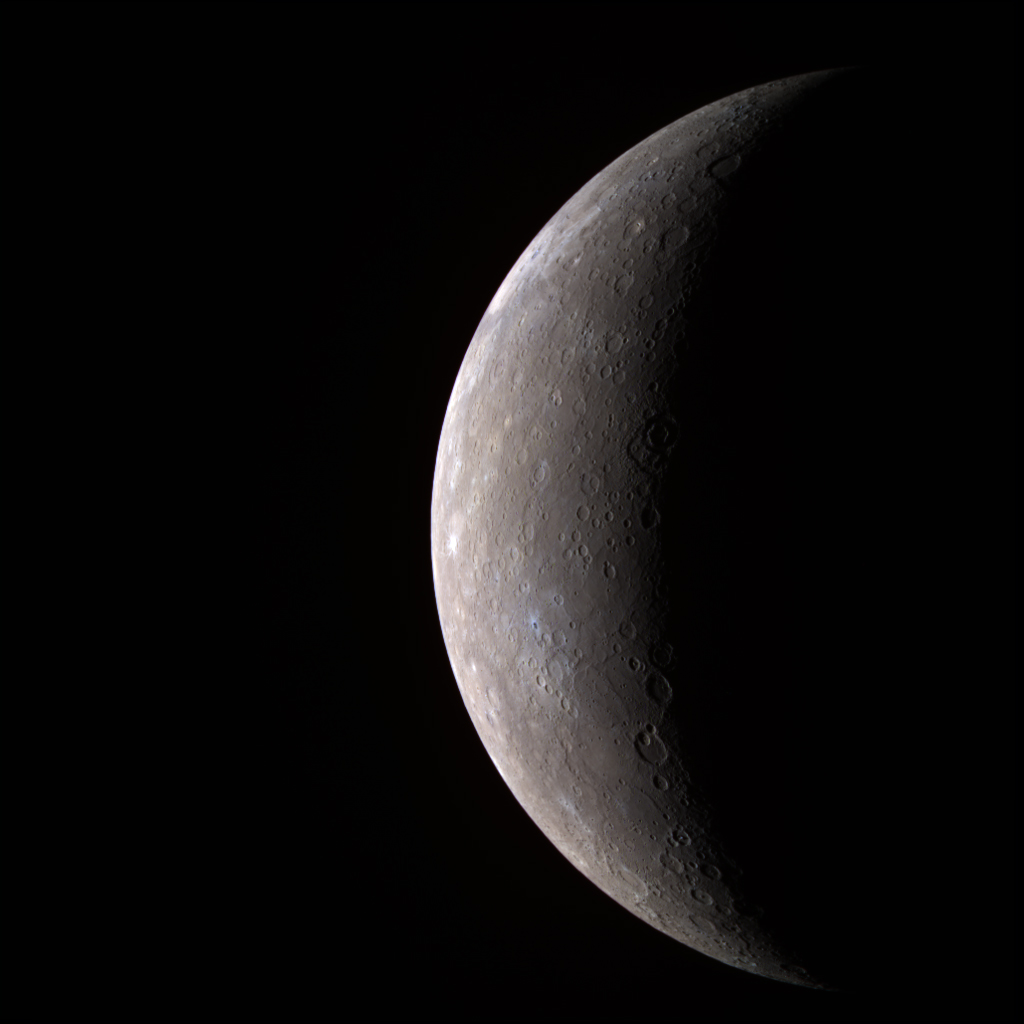
Up close to the blazing sun is not a place most people would think to look for frozen ice. But as the little planet Mercury spins next to its fiery parent star, a few craters at the poles are permanently hidden deep in shadow. With an ambient temperature of minus 280 degrees Fahrenheit (minus 173 degrees Celsius), these "deep-freeze traps" are the perfect place for water ice to accumulate over the eons. All together, these ice traps could hold more water than similar deposits on the moon, Sean Solomon, director of the department of terrestrial magnetism at the Carnegie Institution of Washington, previously told Live Science.
Venus: Abode of life?

Bone-dry and hellishly hot, Venus seems unlikely to contain an oasis. Yet 30 miles (48 kilometers) above its infernal surface, there exists a cloud layer with downright balmy conditions. Temperatures and pressures here are not all that different from those found on the Earth's surface. The ample sunshine and complex chemicals could provide power to photo- and chemosynthetic organisms. The only downside? There's a fair amount of sulfuric acid in the clouds. But then again, extremophile microbes on Earth have endured much harsher environments.
Comet-Asteroid Phaethon
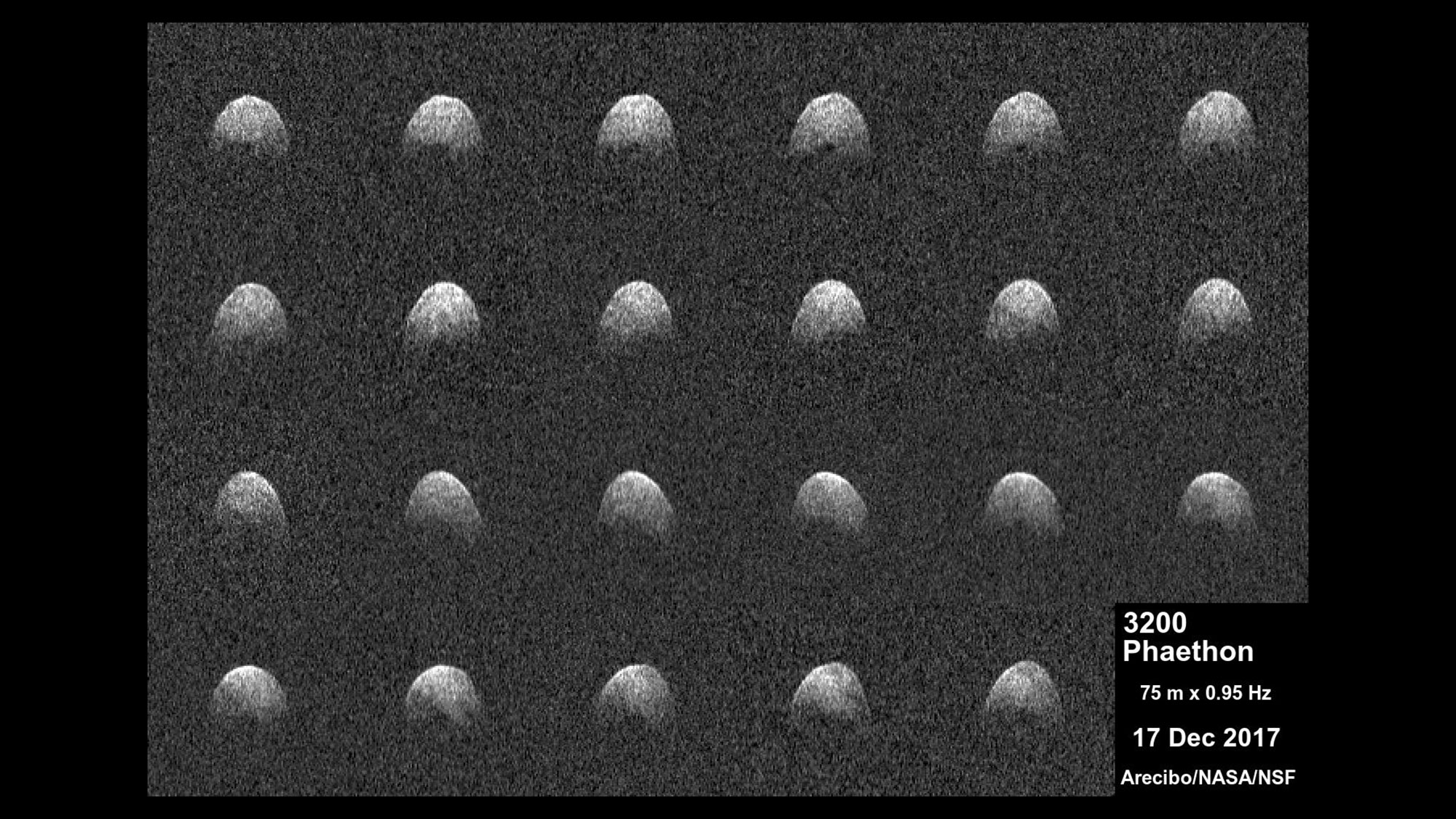
The space rock Phaethon sports a rare blue color and an extremely eccentric orbit that takes it close to the sun and then past Mars. Such an orbit is typical of icy comets, but when Phaethon approaches our solar system's central star, it doesn't produce the beautiful tail-like coma characteristic of nearly all comets.Therefore, many astronomers consider it to be more like an asteroid. Theories abound about what exactly is going on with this odd object, including the possibility that it is a dormant comet, or a comet that turned into an asteroid over time.
Ida and Dactyl

In 1993, the Galileo spacecraft was en route to Jupiter. Along the way, it stopped to photograph an unusual object—the asteroid Ida, which became only the second asteroid ever to be visited by a probe. Ida contained a tiny surprise for scientists: an itty-bitty moon named Dactyl, the first satellite discovered orbiting around an asteroid. Both objects are a bit strange in that they experience space-weathering from the sun that causes their surfaces to turn red over time. Scientists are still scratching their heads over exactly how old Ida is and how it got this little moon.
Janus and Epimetheus
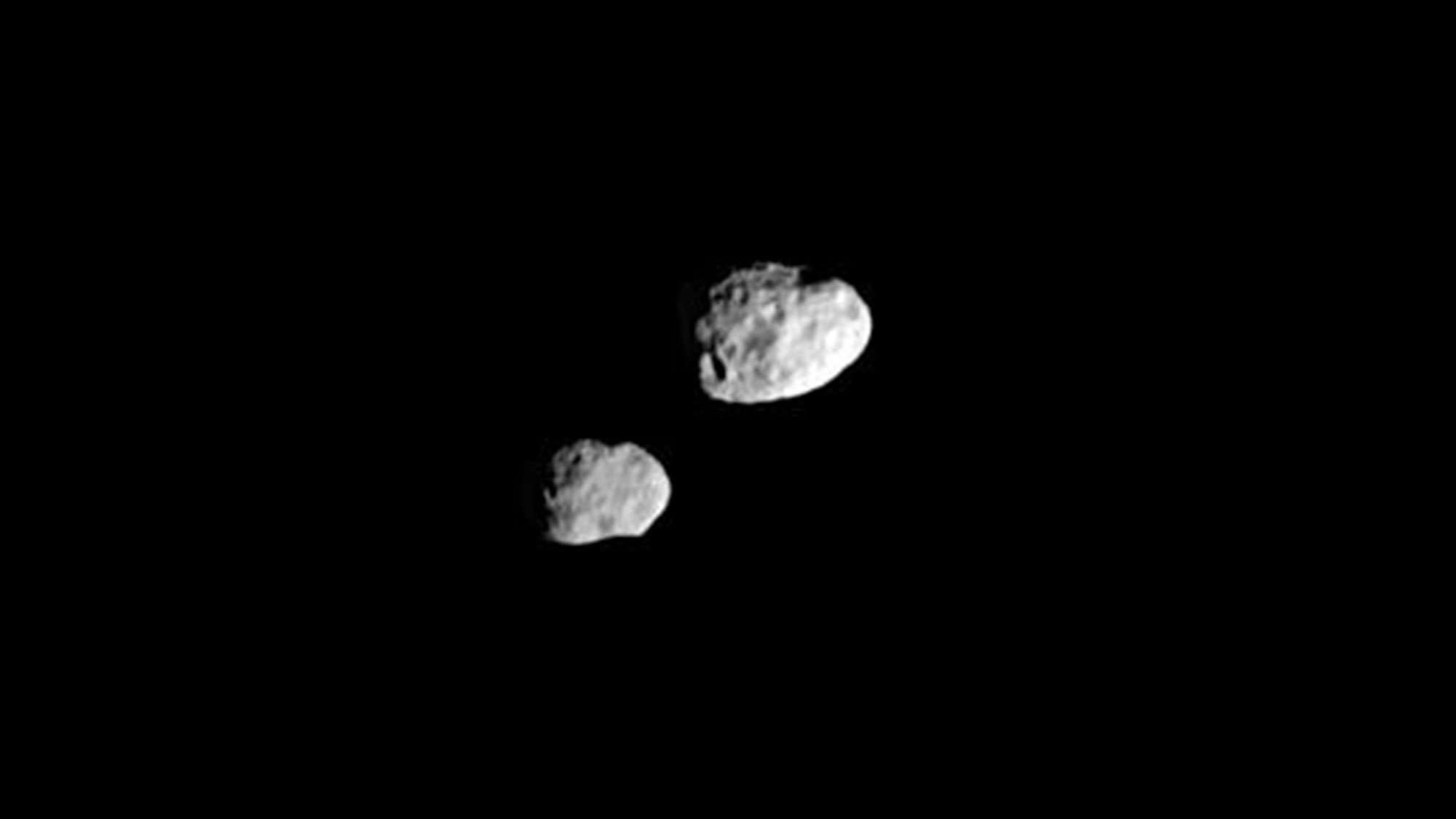
The ringed beauty Saturn is host to a wide variety of wonderful moons. And two of its potato-shaped satellites, Janus and Empimetheus, have in a unique arrangement. These special partners share an orbit wherein one is 31 miles (50 km) closer to Saturn than the other is. Once about every four years, the more distant moon catches up to the closer one, and the two perform a gravitational do-si-do, switching places. No other moons in the solar system are known to have such interchanging orbital mechanics.
Yin-Yang Iapetus
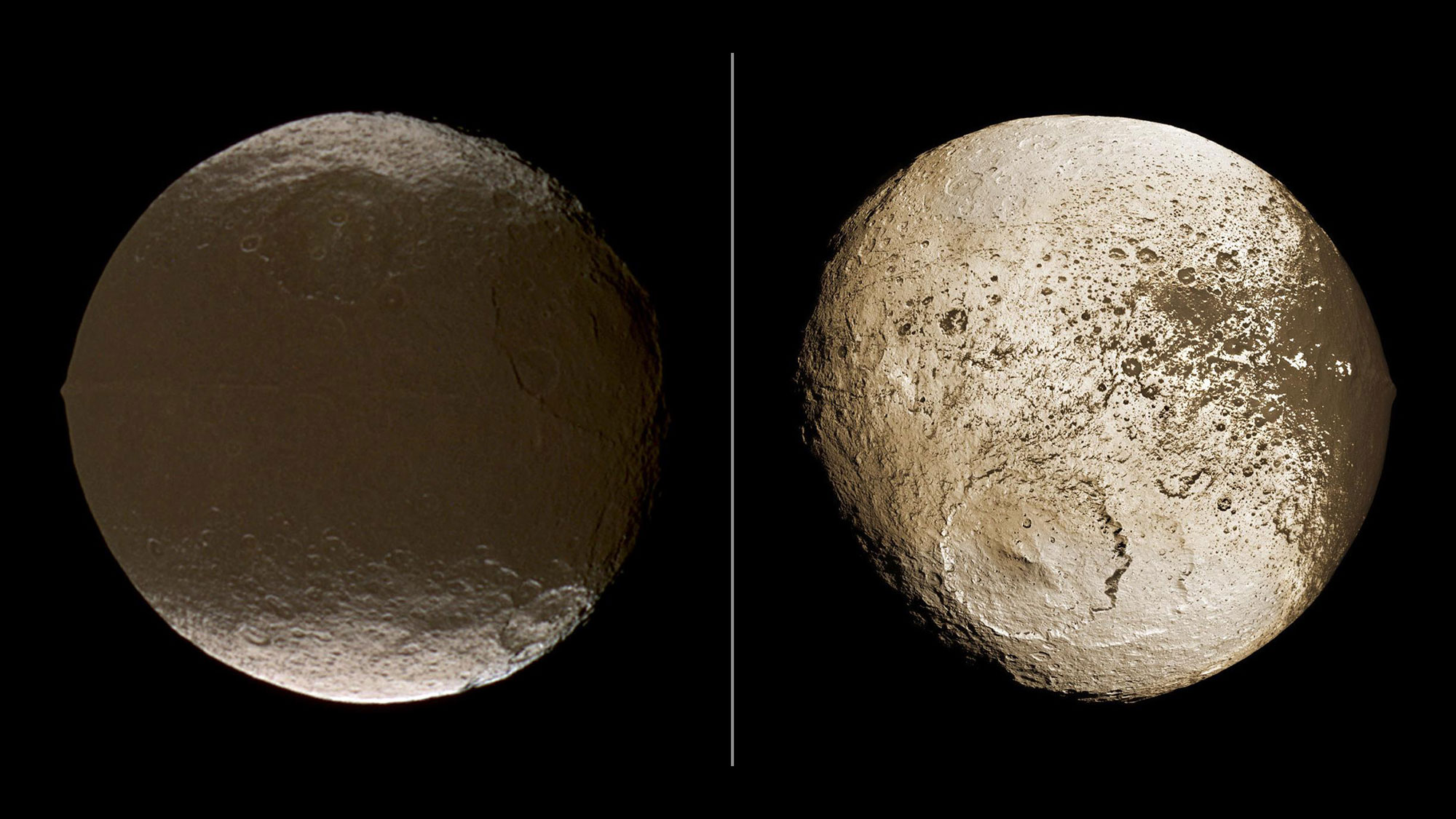
Saturn's third-largest moon, Iapetus, is a walnut-shaped wonder, with a bulging equator and a bizarre black-and-white surface. One hemisphere of the satellite is coal-black, while its other side is far brighter. A raised mountain range encircles its equator, containing some of the highest peaks in the solar system. So far, no one has been able to explain Iapetus' two-tone appearance; some astronomers suggest that the murkier side could have been created by particles originating from another of Saturn’s moons, Phoebe, or perhaps by the eruption of dark hydrocarbons from ice volcanoes. There have even been conspiracy-like whispers that Iapetus is not a natural satellite, but rather something built or modified by an alien civilization, though that possibility is well outside mainstream scientific thinking.
Get the world’s most fascinating discoveries delivered straight to your inbox.
Miranda's Gnarly Cliffs

The ice giant Uranus' moon Miranda is a spelunkers dream — its jagged surface is replete with canyons, scarps, terraced outcrops, and a cliff whose floor is approximately 12.4 miles (20 km) down, the highest known cliff in the solar system. Miranda's geological scars could be due to flowing ice from the moon's interior that, at some point, were pushed up to the surface. An even wilder theory proposes that the moon was shattered several times and came back together, creating its extremely uneven features.
Triton and Proteus
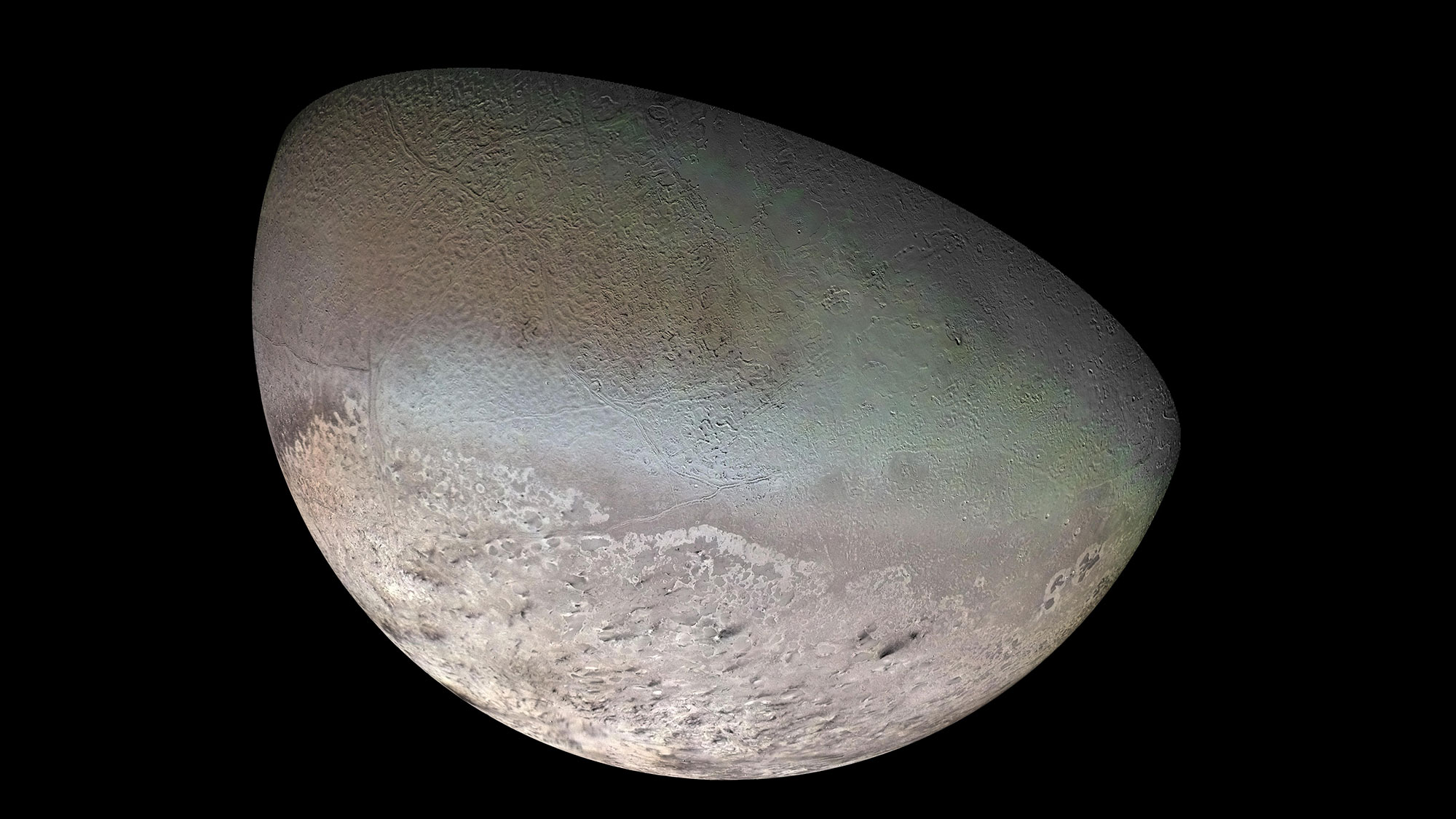
Triton is the largest of blue Neptune's moons, and the only round one.This moon is high on the list of researchers' places to send a spacecraft, because it sports so many strange qualities. Triton is on a "retrograde" orbit, revolving in the opposite direction of the planet and other moons, suggesting it could have been a captured, Pluto-like body. From its surface rise bizarre ice volcanoes, making it one of the farthest bodies in the solar system known to have active geophysics. Triton's sibling, Neptune’s second largest moon, Proteus, is also pretty unusual. Rather than being round, this moon is shaped like what mathematicians call an irregular "polyhedron" (a solid object with many plane faces), and what "Dungeons and Dragons" nerds know as a 20-sided dice. Proteus' surface is pinkish-red, perhaps the result of complex organic compounds like hydrocarbons.
Ultima Thule
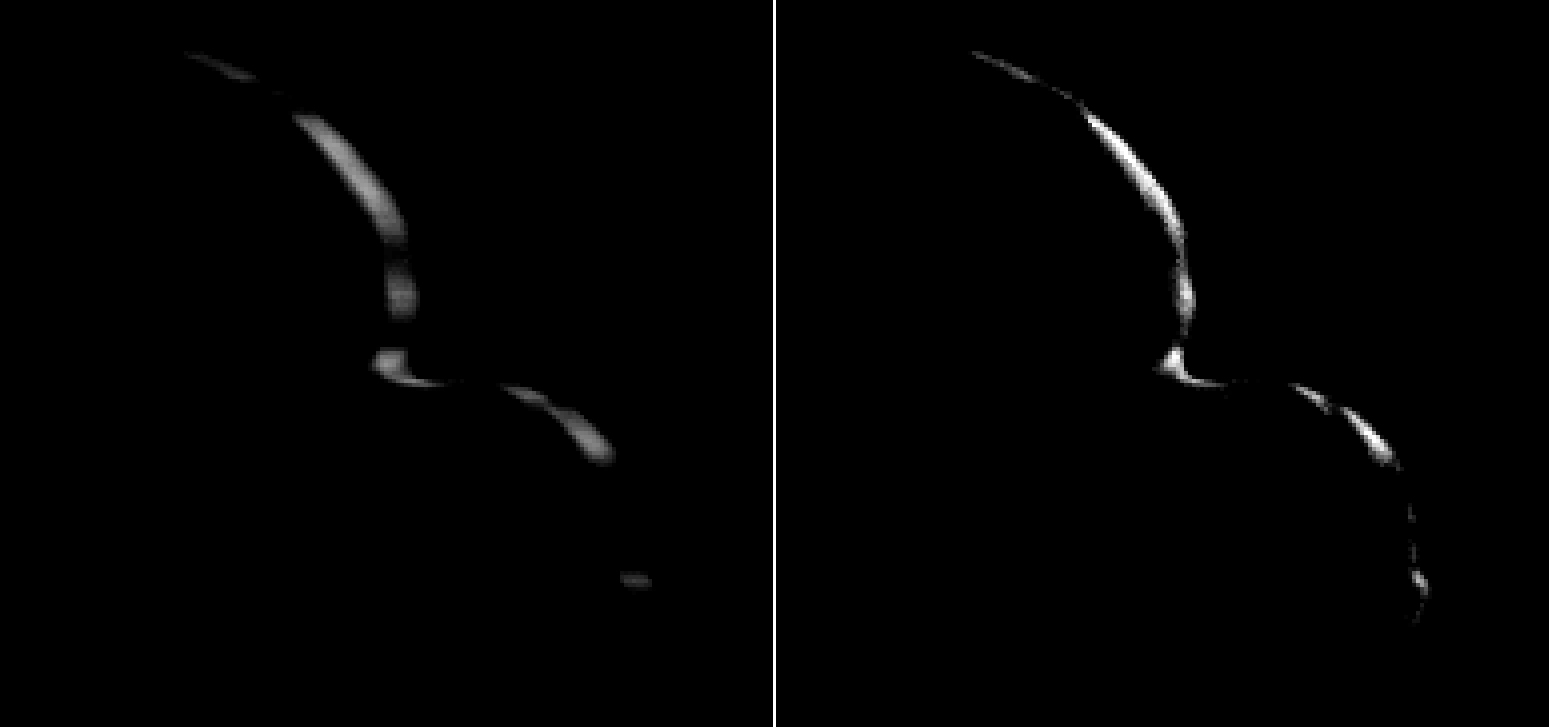
After speeding by distant Pluto, NASA's New Horizons mission made a brief encounter with an even more out-there body. Nicknamed Ultima Thule, the frozen Kuiper belt object at first looked like two spheres stuck together, forming a celestial snowman. But after the spacecraft completed its flyby, Ultima Thule was revealed to be as flat as a pancake, more like two skipping stones that had somehow gotten wedged to one another. Scientists are likely to ponder this strange state of affairs for a long time.
The Sun's Tail
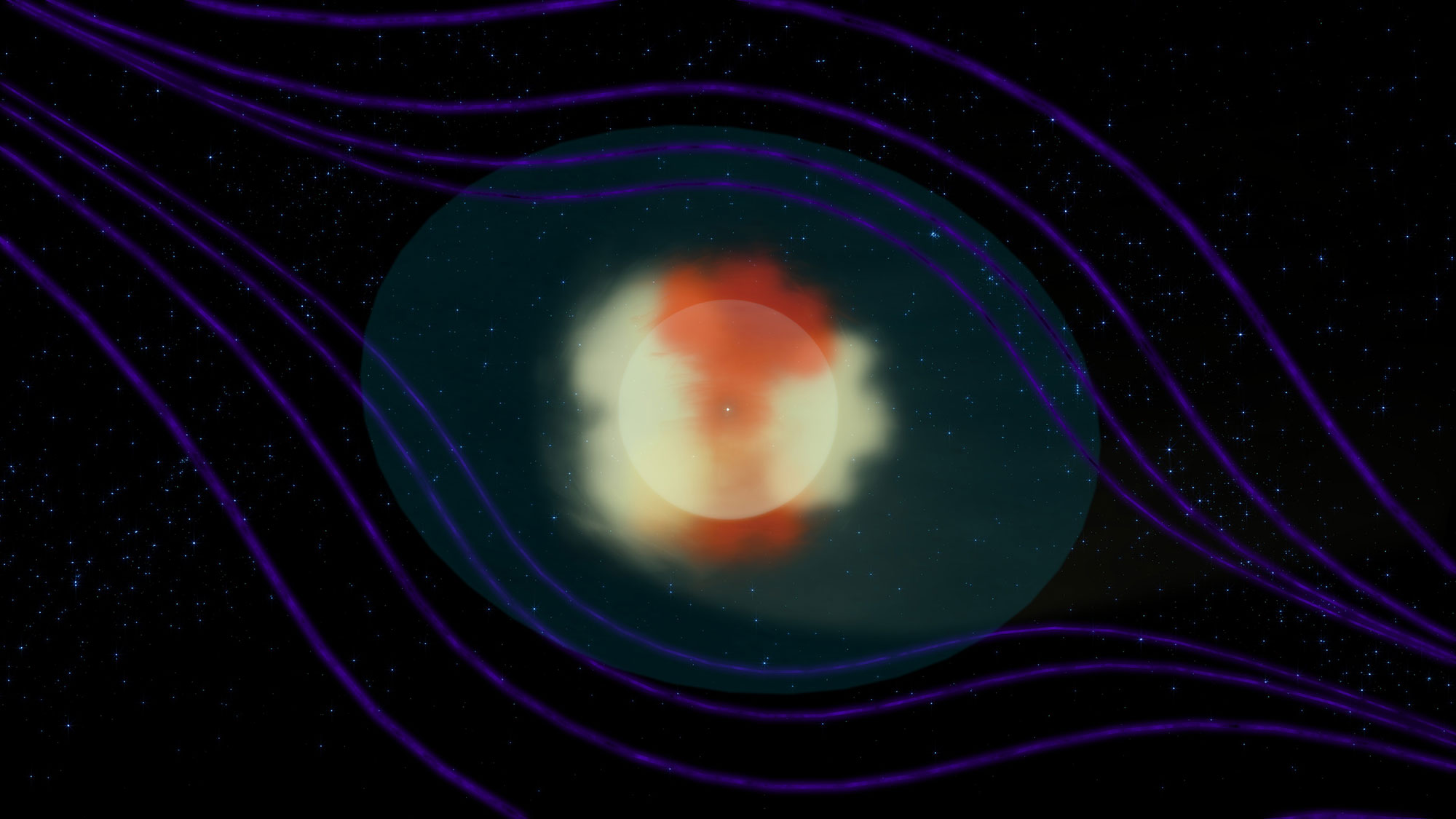
At the edge of the solar system, where the sun's influence is nearly depleted, lives a large structure called the heliotail. The tail drags behind the bullet-shaped heliosphere, a bubble surrounding our solar system that was created by the sun's wind and magnetic field. The comet-like heliotail had never been seen until NASA's Interstellar Boundary Explorer (IBEX) photographed it in 2013, finding what looked unexpectedly like a four-leaf clover. This quadratic shape arises from the fast solar wind shooting out from near the sun's poles and slower wind flowing from near the sun's equator, researchers told Live Science's sister site, Space.com.

Adam Mann is a freelance journalist with over a decade of experience, specializing in astronomy and physics stories. He has a bachelor's degree in astrophysics from UC Berkeley. His work has appeared in the New Yorker, New York Times, National Geographic, Wall Street Journal, Wired, Nature, Science, and many other places. He lives in Oakland, California, where he enjoys riding his bike.


